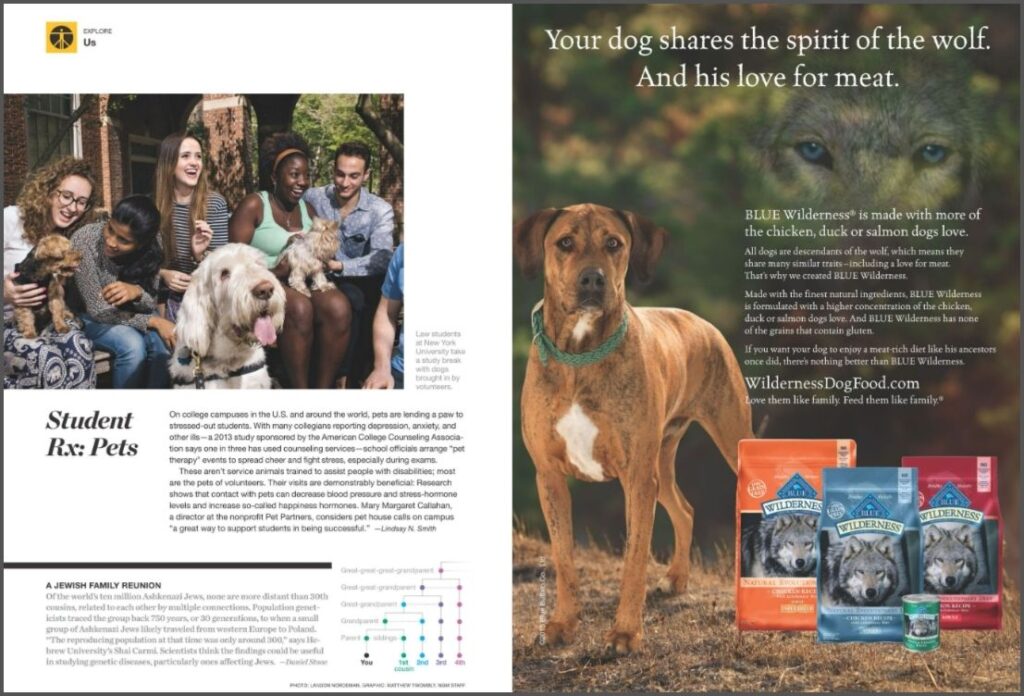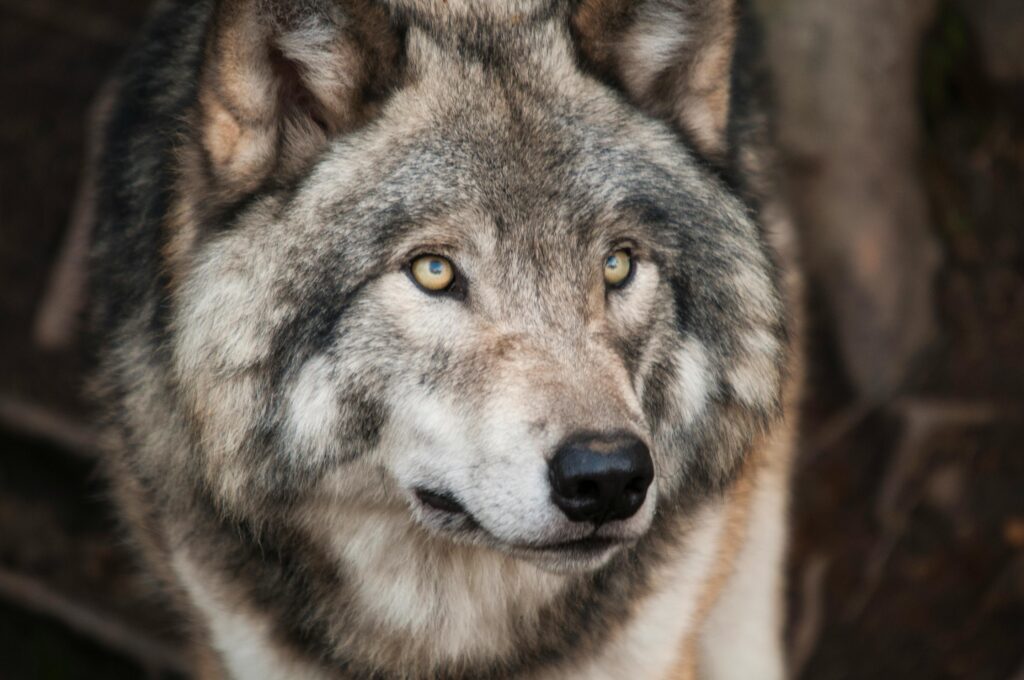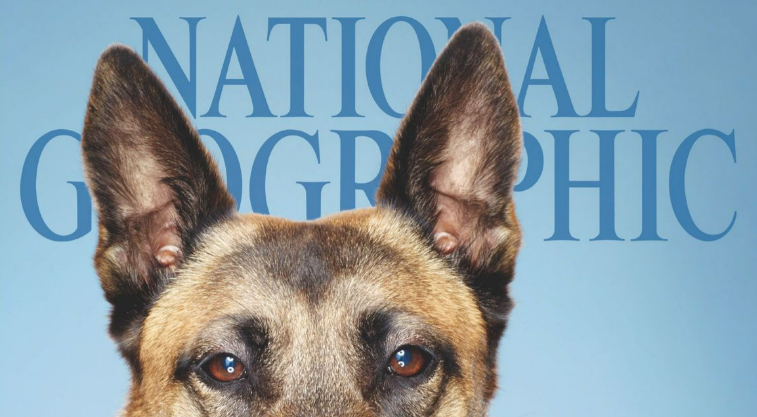| By Jessica Crawley, Gale Ambassador at Lancaster University |
National Geographic is not only a non-profit organization, but also a media company that has taken the printing world by storm. Readers have been using the National Geographic Magazine to scratch that adventurous itch since the magazine’s first publication in 1888, quite literally placing a gateway to the non-human world at the fingertips of human hands. The magazine has sold millions of copies in 40 different languages to date, pairing fascinating visuals with a layman-friendly tone, making it the perfect companion for any reader with an interest in science, wildlife, and exploration.
Perception of the Natural World
National Geographic turned over almost $500 million in 2023, with the magazine alone boasting 60 million global readers and 6.8 million monthly circulations. To say that National Geographic has had a powerful role in moulding the general public’s perception of the natural world would be an understatement, and it is exactly this perception that modern animal theorists seek to question.
Thanks to Gale’s fantastic National Geographic Magazine Archive, I’ve been able to delve into some of the magazines most intriguing publications from throughout the years. Using two of National Geographic’s 2015 magazine publications let’s address some of the key questions we should be asking.
What is the pet appeal?
Is taxidermy really that bad?
And, of course, the question that you are probably thinking to yourself right now…
“What on earth is an Animal Theorist?”
Simply put, animal theorists are scholars that engage with animal theory, a field of study that investigates the animal-human relationship and the ethical considerations we should apply to said relationship.
Animal theory (and Theory on the whole) is intimately entwined with the field of philosophy, with one particularly important distinction: Philosophy asks fundamental questions relating to existence, whereas Theory is a phenomenological explanation that can be used to understand or analyse a variety of different fields/contexts.
Animal theory can be applied to many different fields, including science, literature, and even philosophy itself. But when it comes to any kind of Theory it is best to show, not tell, so let’s dive into those magazines!
ALL Dogs are Service Dogs

In a brief article titled ‘Student Rx: Pets’, Lindsay Smith writes that dogs are “lending a paw” by reducing anxiety and depression in “stressed-out students” at pet therapy events. Fair enough; after a stressful day, I can’t think of anything better than cuddling up with my pooch! However, a feature of this article I find a little convoluted is when Smith writes that these pups “aren’t service animals trained to assist people with disabilities”.
Co-evolution
While it may be true that these dogs aren’t trained to help those with a disability, an animal theorist may argue that ALL dogs are in fact service dogs. As Donna Haraway points out in The Companion Species Manifesto, dogs and humans have co-evolved – we domesticated dogs to be “engineered technologies” which we built our cultures around. Dogs were (and are) “partners in the crime of human evolution” (Haraway). Take police dogs, for example: they act as our nose, we act as their mind, and so we have no need for an acute sense of smell and they no use for a reasoning mind.
Quite fittingly, Smith quotes director at Pet Partners, Mary Callahan, as considering these pet therapy events as “a great way to support students in being successful” or another way for dogs to serve the ultimate human end.
As the name implies, co-evolution is a partnership with benefits that are received on both sides. Afterall, in most cases the dogs are provided an endless food supply, shelter, and lots of tummy rubs! However, it’s important to acknowledge that it is humans who have controlled co-evolution with our furry friends and it would be hard to deny that we haven’t got the better end of the deal.

An Ironic Twist
You may have noticed that there is an advertisement placed next to the article and I have to say, this choice of layout is an animal theorists dream!
The ad uses the dogs’ origins of the “spirit of the wolf” to sell its “wilderness” style food. This ironically contrasts the soft nature of the therapy dogs that the article first introduced, while also reinforcing the co-evolution narrative that the article is blissfully unaware it portrays.
Service Goes Beyond the Dog

I was recently lucky enough to visit the National Museum of Prague and I made a beeline for the ‘Miracles of Evolution’ collection, where I was faced with hundreds of taxidermies on display. With the audio tour in my ears as I flitted from one display to another, I was assured through the voice in my headphones that most of the ‘specimens’ on display were donated to the museum after dying natural deaths in zoos.
I was reminded of a study I read in Derek Ryan’s Animal Theory: A Critical Introduction: “on average, visitors to zoos only remain in front of each enclosure for between thirty seconds to two minutes”.
These animals were kept captive to serve a generous two minutes as human entertainers in life and (if my actions at the museum are any indication) they are immortalised to entertain us for even less time in death. There is no escape from service as a human spectacle.

Still Life
In a National Geographic Magazine article titled ‘Still Life’ Bryan Christy and Robert Clark reference the view of Carl Akeley – a famous taxidermist and explorer – who thought of taxidermy as “a valuable scientific service, a way of preserving what he feared might go extinct”.
While this idea of preservation is a nice sentiment, we must consider whether preserving these animals for the fascination of “future [human] generations” is worth what many would see as an undignified display. I see little value in preserving these animals in death when limited effort is made to preserve them in life, especially when that life is ended by over-hunting and other human actions.
It is important to protect wildlife while we still have it, not just treasure the novelty of it when we don’t.
Related blogs
If you enjoyed reading about Animal Theory, check out these posts:
- The Mystics of Environmental History and Ethnobotonical Research
- Redefining What Philosophy Means: Why Primary Sources Are Now More Important Than Ever
- New Environmental History Archive: Colonial Policy and Global Development, 1896-1993
Cover image citation A snippet taken from the cover National Geographic Magazine’s June 2014 publication featuring a dog. https://link.gale.com/apps/doc/KEFWKF971906654/NGMA?u=webdemo&sid=bookmark-NGMA&xid=5a3fe40b

